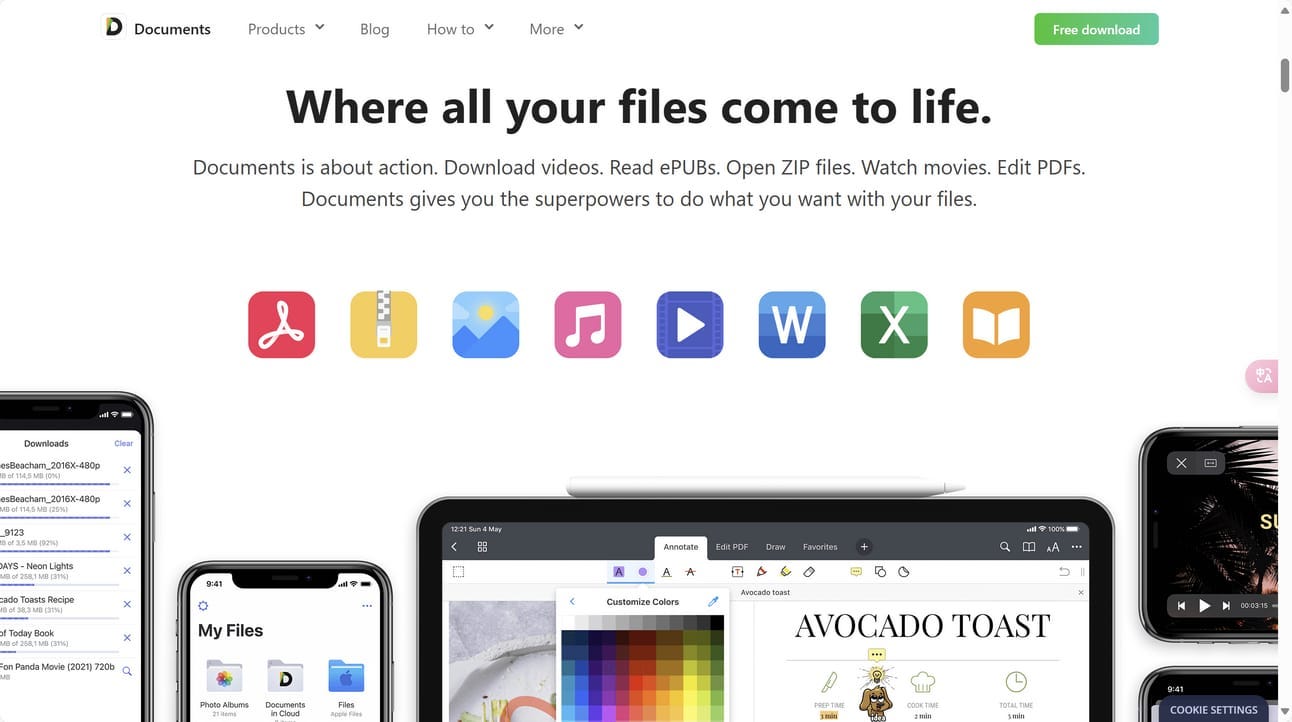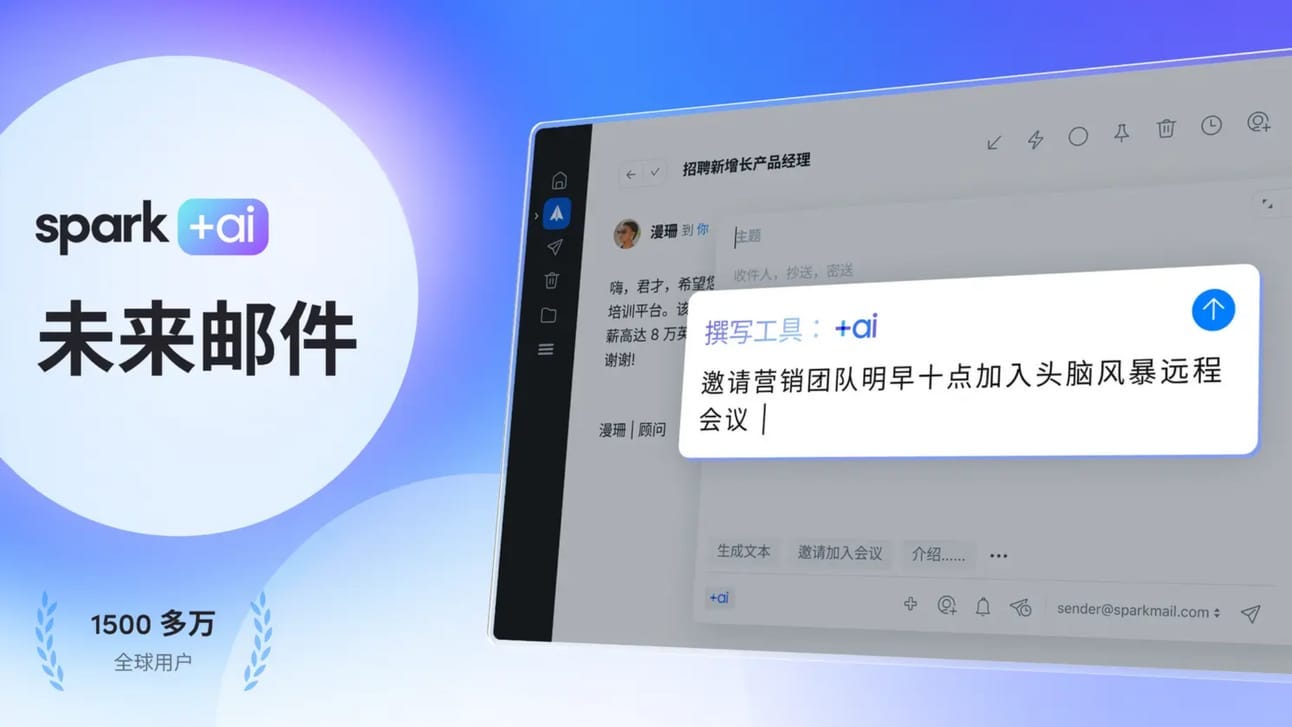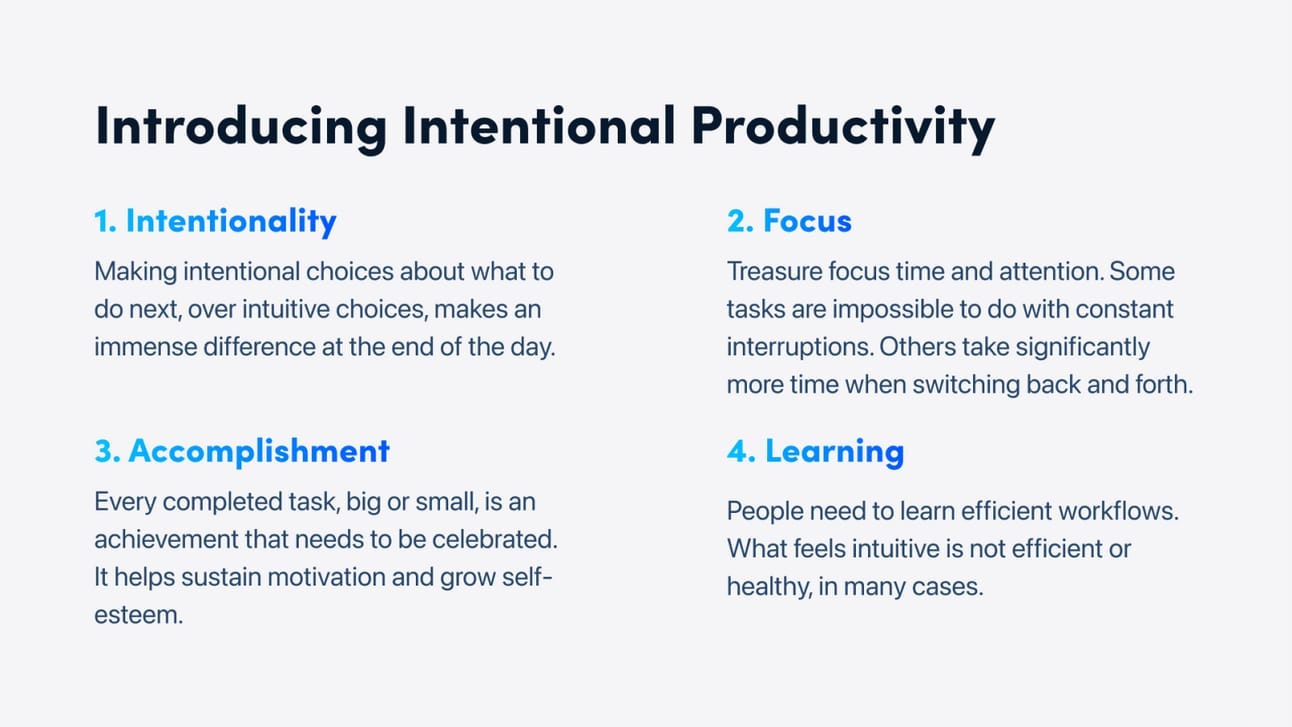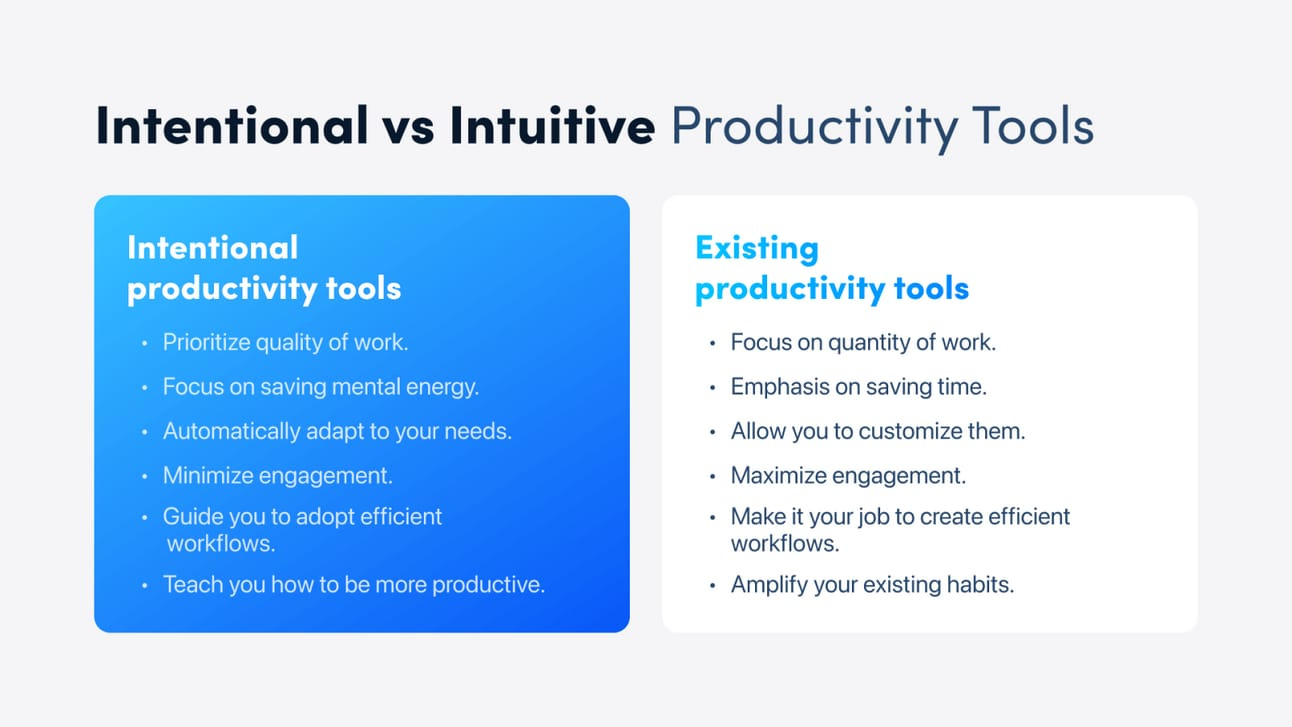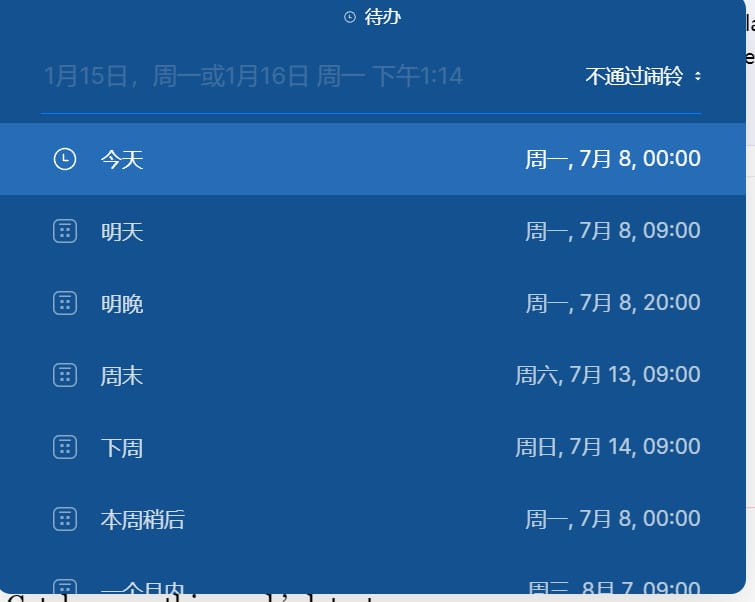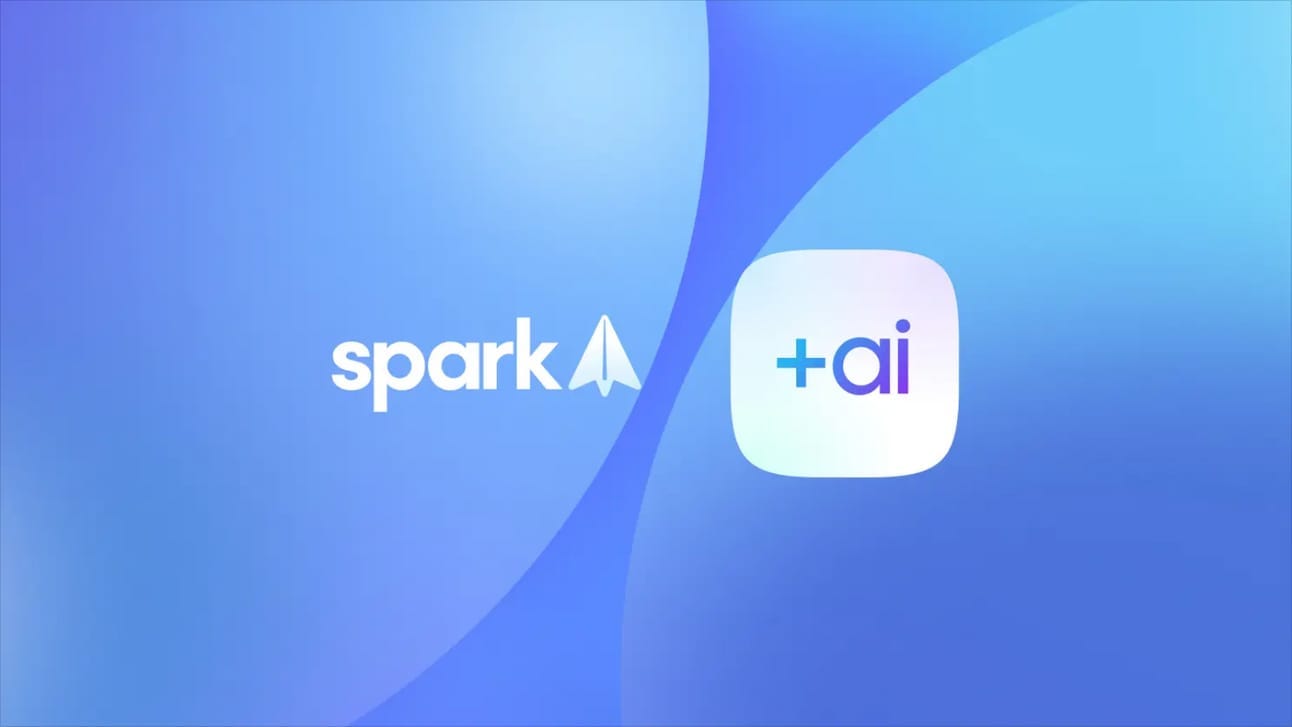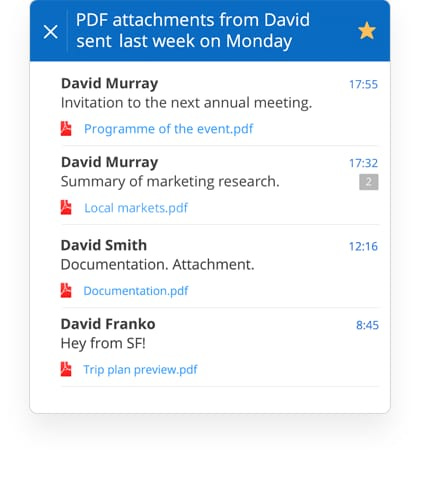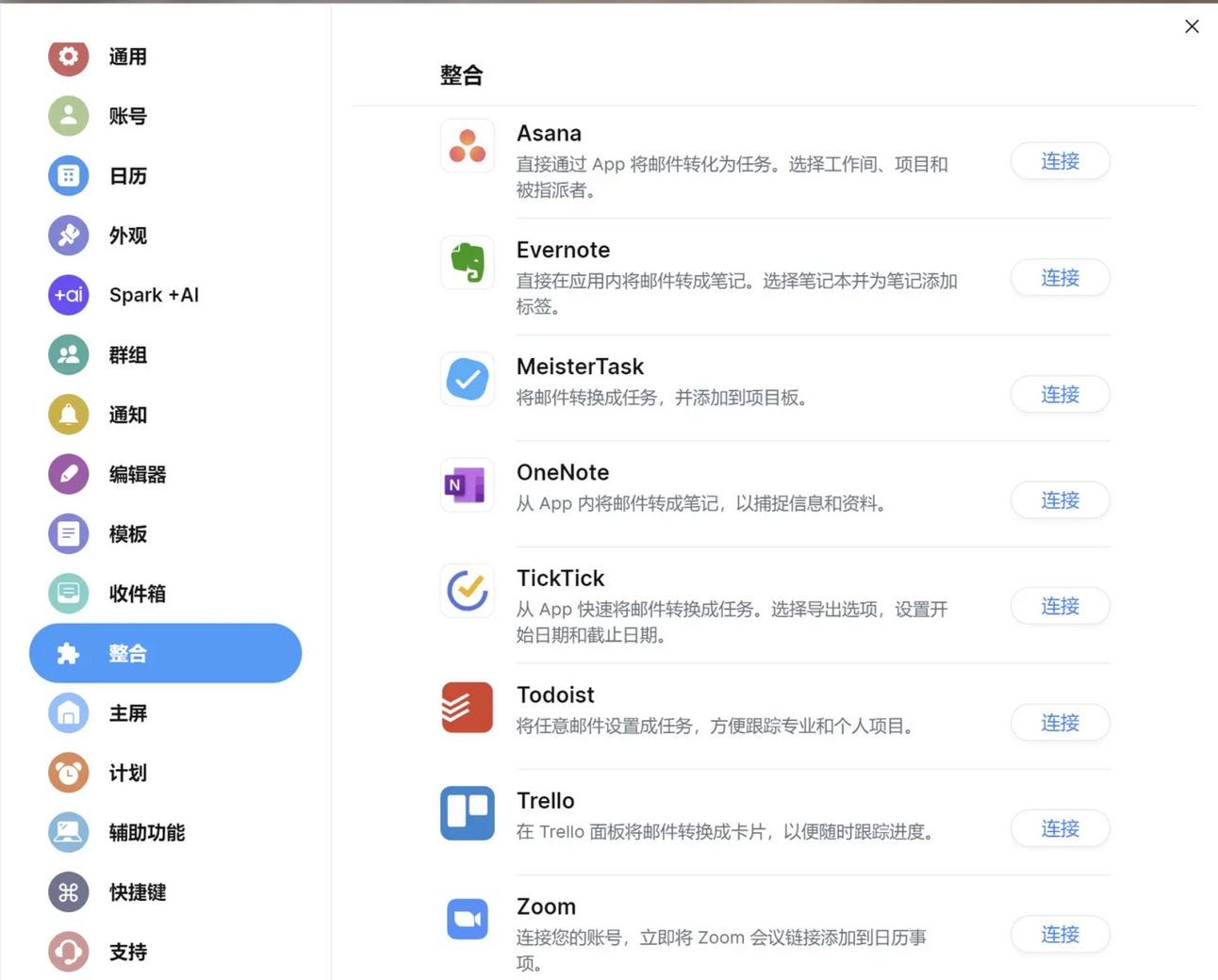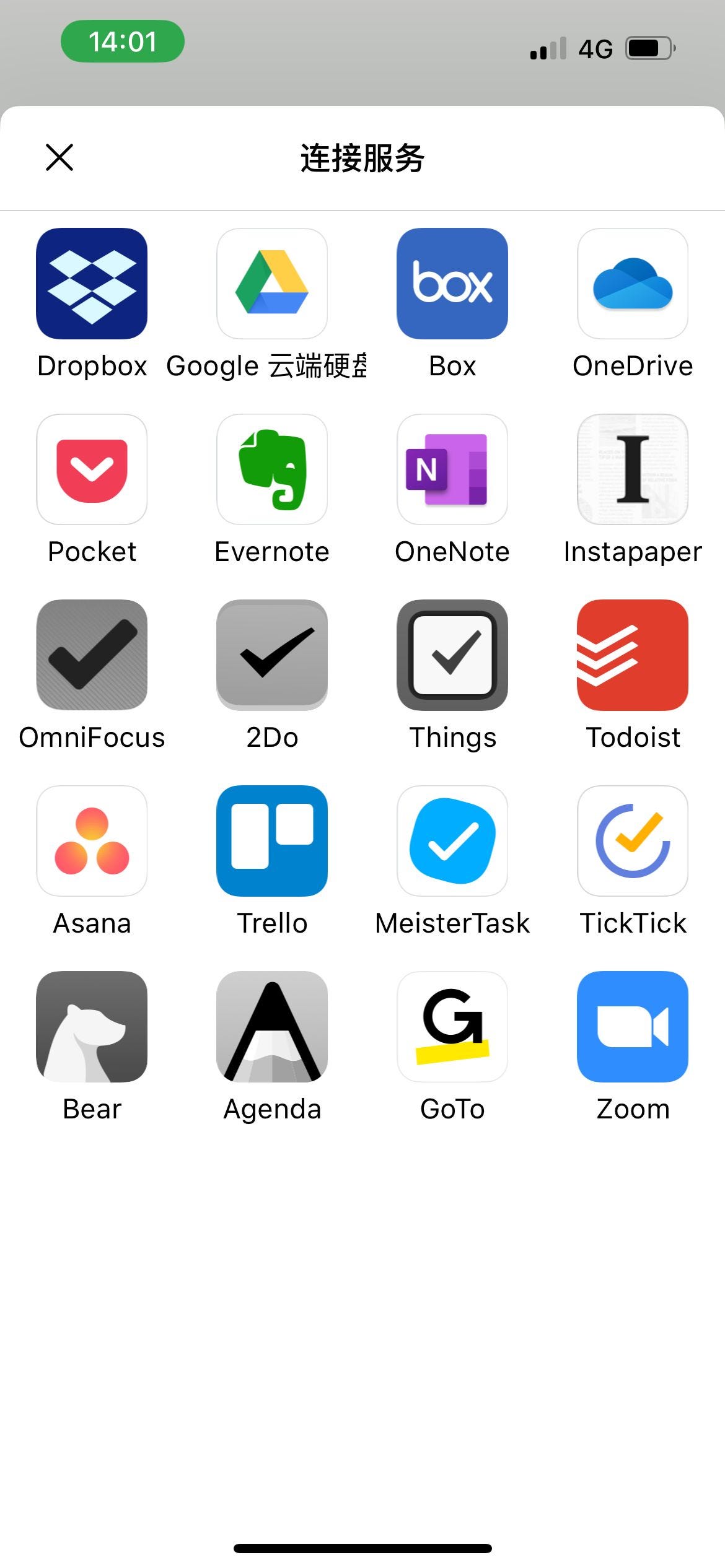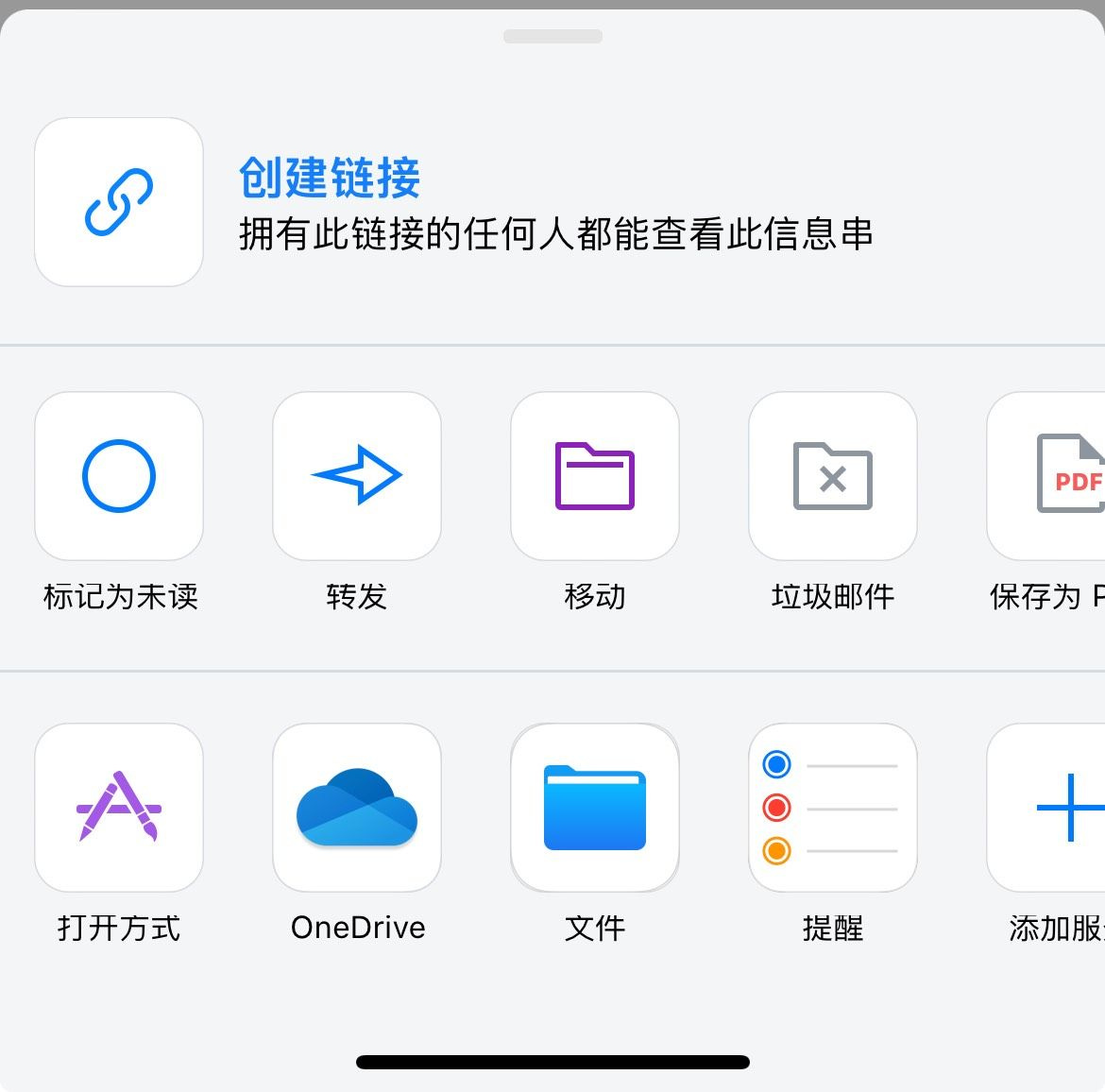How about Spark Email in 2024
An email client to help you regain attention from the information feed
Where Spark Comes From
Spark Email is a product from Readdle, a veteran software company.
Readdle has a lot of products that are famous in the Apple ecosystem.
For example, PDF Expert: it is a famous PDF editing software on Mac OS and iPad OS, which is so easy to use that you can't feel any operation is unnecessary. In the era when Adobe Acrobat and WPS have not taken the consumer power of iPad/Mac users seriously, it is the best PDF editing software, which has won many awards from Apple.
And Documents: It's an all-in-one document editor for MacOS/iPadOS/iOS. Integration with Apple's ecosystem and other storage services, the first-ever Wi-Fi file transfer on an Apple ecosystem, multimedia file browsing and management, and excellent interactions as always have made it an Apple Store Editors' Choice in more than 70 countries. Minority even named it the "Swiss Army Knife" of file management.
And Spark Email is exactly the product that Readdle launched in 2015. This time Readdle has once again demonstrated its excellent product design skills, as well as the boldness of their team.
In the overseas market, email services have been in a three-way pattern (Gmail accounts for 73%, Outlook/Exchange accounts for 22%, Yahoo accounts for 4%, and others account for 1%), and the e-mail services used by users are almost dominated by these three companies.
In the email client market, Outlook, Thunderbird, eM Client, Mailbird and other old brands have long dominated the market, but also by virtue of the ecological advantages of Apple Mail, Gmail, both together nearly 85% market share.
Readdle's choice to enter the email client market, which is already a red sea of competition, certainly reflects their unique ideas and courage.
Just as they chose to enter the PDF editor market, which was almost monopolised by Adobe Acrobat, Spark also succeeded in breaking through.
Readdle Inc. launched Spark version 3.0 in 2022, and after more than two years of iterative updates, it has now reached maturity. It is claimed to have 15 million + users worldwide. Many YouTubers still recommend it as an alternative to Outlook and Gmail, and it ranks high in its category.
Spark Co-Founder's Philosophy on Intentional Productivity
There is a strong relationship between why Spark was launched and what their founders understood.
In order to explain what intentional productivity is, let's first look at what intuitive productivity is.
Intuitive Productivity
Intuitive productivity refers to the current generation of productivity apps that focus on minimising the mental friction involved in getting things done. You do not need to consider using them. It's natural, but in the long run, it's very inefficient and can lead to stress. The goal of intuitive productivity apps is to reduce the user's thinking and allow them to get things done naturally.
-- Alex Tyagulsky, the CPO and co-founder of Readdle
Simply put, productivity with intuition is about taking the pile of tasks in front of you and waterfalling through them, one after the other.
Intuitive productivity, which encourages diving straight into tasks, emphasizes naturalness and efficiency, and aims to lessen the mental load of overthinking. Nonetheless, prolonged practice may lead to increased stress and diminished efficiency.
Intuitive productivity is suited to work scenarios that require quick decision-making and flexibility to respond to change, such as dealing with unexpected events, responding to client needs or brainstorming in creative areas. This approach allows people to respond and adapt quickly, but long-term reliance can lead to decreased efficiency and increased stress.
The plague of intuitive productivity
Intuitive productivity in response to stress can lead to higher levels of stress and confusion due to a lack of structure and planning. People rely on instinct and immediate reactions to complete tasks and can easily feel overwhelmed.
Intuitive productivity in response to stress can lead to higher levels of stress and chaos due to a lack of structure and planning. People rely on instinct and immediate reactions to complete tasks and can easily feel overwhelmed. In contrast, Intentional Productivity leads to higher efficiency and lower stress levels by planning and prioritising in advance and being able to better manage time and tasks, reducing stressors.
Intentional productivity
What about Intentional Productivity, which focuses on planning and prioritising, just like you make a menu before you cook, it takes a bit of time and thought to plan and sort. While it may be a bit of a hassle at first, in the long run you'll find yourself getting more done and in a better mood.
Intentional Productivity, by contrast, enhances time and task management through advanced planning and prioritization, mitigating stress sources and resulting in greater efficiency and reduced stress levels.
That's why Alex Tyagulsky has advocated that we should adopt intentional productivity instead of intuitive productivity. Intentional productivity is usually done:
prioritise your tasks
Focus on conserving mental energy
Minimising engagement
Adoption of effective workflows
As far as current communication tools go, from email apps like Outlook and Gmail to chat apps like Slack and Microsoft Teams, none of them do anything to combat this natural dynamic. They may even be making things worse by promoting modes of communication that lead to more interruptions and demands on someone's time.
—— Alex Tyagulsky, the CPO and co-founder of Readdle
How to solve the problem of practising this concept: Smart Inbox
Spark Email is targeting the inbox with a smart, categorized system that employs a three-pronged approach.
The Smart Inbox feature was developed to optimize the management of important tasks by automatically categorizing emails. It sorts emails into groups such as personal, notifications, and newsletters, allowing users to swiftly identify and prioritize essential communications.
This feature is designed to help users avoid being distracted by unimportant messages so they can focus on the most important tasks and be more productive:
Personal mail (People): with your direct dialogue with people, such as your friends, various Support, Registration Confirm, etc., usually followed by steps to deal with is to reply or not to reply
Newsletters: usually you subscribe to a variety of mail, newsletters, this type of usually need to read carefully, time-consuming, and may also involve other software to assist in processing together
Notification: meeting booking message, sender starting with hello/no-reply, meeting, CAPTCHA, off-site login message, etc. The processing step is just one click and has the lowest priority.
Post-Categorisation
The choices are of course: complete, set aside, remind of delay, which are the 3 actions Spark is designed for:
Done: Once you've finished reading, it's time to move the email out of your inbox and into the archive.
Set Aside: What you’re reading halfway but then get interrupted by another matter, set that aside initially.
Remind: does not need to be dealt with at the moment, come back to me in a while.
Done
According to the processing habits of different mailboxes, Spark will put emails into archive folder for Outlook, into Archive folder for Apple Mail, into All Mails folder for Gmail and so on.
Set Aside
It's the little icon that temporarily puts your emails in a temporary folder in the bottom left corner.
At the same time, the icon in the lower-left corner is intended to serve as a reminder so that when you re-enter the Spark interface, you will quickly notice that there is an unprocessed message here so that you can follow up on it in a timely manner.
Delay
Apparently, it's the delayed processing that allows this email to alert me at a specific time afterwards.
Integration with common Email Providers
Spark Email itself is not a mail service provider, it just supports you to add common ones such as Apple Mail, Outlook, Gmail, Yahoo and so on.
For the ones that are not listed obviously, you can also enable IMAP/SMTP to add accounts through the settings.
+ai
The general agreement is that AI enhances productivity, making non-AI-enabled products appear somewhat lackluster in comparison, and Spark is certainly not an exception to this trend.
Spark's current AI function is summarisation: short and concise summaries, exhaustive summaries and bullet point summaries.
They also offer email touch-up, rewriting and proofreading capabilities similar to Microsoft Copilot.
Smart Search
Searching using natural language rather than software-designed filters is the most intuitve of all - no more ugly yellow page search engine filters!
Search email on iPhone, iPad and Mac | Spark by Readdle (sparkmailapp.com)
Interoperability
Why emphasis on interoperability?
Interoperability is a key feature in architectural design, highlighting the capacity of a subsystem or module to interact with adjacent systems. At the level of software products, it denotes the capability of various software systems or applications to communicate and exchange data. This feature ensures that users can effortlessly share information across different platforms. Examples of interoperability include creating a Zoom meeting invitation in Google Calendar, receiving notifications of Salesforce status updates in Slack, and using Translate/Copilot in a browser to comprehend a lengthy webpage.
Readdle is a rising software service startup with many bright and well-received products. However, their ecosystem is not as comprehensive as that of giants like Microsoft, Google, and Apple. I appreciate their products for their emphasis on user-friendliness and native system integration, which contrasts with the offerings of larger companies known for their strong engineering cultures.
To be fair, Spark Email is a productivity tool that leverages user data and APIs to provide a better UI, so it needs to be a collaborative effort to counter the dominance of the giants' enclaves and alliances. This is also a common practice with these kinds of emerging SaaS tools (letting user data flow rather than fixing them to the tool they're using).
connection to the giant ecosystem (what can be done about it, the user data are calling them), such as OneDrive, Google Drive integration
Also offers integration with small SaaS products (as these are often more scenario-based and creative than traditional software): Todoist, Trello, Evernote, etc.
Take mobile for example
Those integrated with first-party services, such as OneNote, export to OneNote as OneNote format, and you can edit emails in OneNote with the native app experience.
Unintegrated services: through the system, e.g. iOS can share email content to third party software through the system's default Share Sheet.
There is a difference between first-party integration services on Mobile and Desktop:
But the integration of third-party services is costly Spark also did not develop a plug-in market for users to integrate their own, so there has to be a fallback way to let Spark as much as possible to extend the scope of its ability to boundary that is, interactivity.
How does Spark do it?
Interaction with system-installed third-party apps
Taking iOS as an example, it is very simple to use 2 common file formats: PDF and txt, and then give it to the software that can handle this format.
For example, exported to OneDrive then it is the format of PDF, because OneDrive is a cloud storage service only. (Note that ⚠️OneDrive will not build an index for your PDF content, you put into the OneDrive PDF in the Search Bar may not be able to search)
There are others, such as Bear can also get the native App experience, save to file is saved as PDF.
For example, I often work in a multi-language environment, so I want to translate emails in other languages, I can click on the [···] button of the mailbox to select [Open Method] then bring up the iOS Share Sheet, share the content of the email to the DeepL translation tool, and then I can translate the email.
For example, I want to annotate this email, but my main document editing software, WPS, is not integrated with Spark, so I can use the iOS share form to save it as a PDF to the WPS location in the iOS "Files" app, and WPS will automatically upload it for me, index it, and make it available for me to follow up and annotate. Annotate.
Ability to interact with native apps
Calendar: Spark syncs well with native calendar apps
Memo: support you to share the past
Reminder: This works even better because one of the first-party services that Spark integrates with is Reminder, and it also has sweet support for bouncing back to the corresponding email in Spark.
Therefore, if you use an iPhone, you can have a good interaction with the native app experience.
These are particularly thoughtful aspects of Spark Email: trying not to disrupt the native app experience.
What problem did I solve with Spark Email?
Quite simply, it's about avoiding the overwhelmed "inbox flood".
My inbox gets about 20 or so emails a day. If I don't get to it after 3-4 days, I don't have the courage to deal with the red dot numbers on my email app anymore.
This drives me very crazy! Because it seems to remind me all the time that you're guilty of procrastination! -Apparently, I'm guilty of the information overload syndrome that modern people are usually guilty of:
Communication stress, constant distractions, and inability to complete important tasks;
The tools I use don't solve these problems
Being pushed by social media in a feed stream doesn't stick in my head one bit.
......
One of the most important things in investing is to "look back" (to find insights in history), and if these emails are all over, does it mean anything to me?
Newsletters make up the majority of my inbox, and most of them don't really need to be read. So it's helpful to have an AI to help me anticipate the content. Although it's currently having some adoption issues in China (because it uses Azure OpenAI services).
Spark helped me gather my attention and showed me how I should divide it.
It is essentially a mailbox aggregation tool, and now that the giants have sliced up the Internet (each of which is also a mail service provider), the emphasis on privacy in the era when they provide APIs to give users one more choice, as each offers different services, each with its own ecological advantages.
Can't Outlook do it?
If you adopt this philosophy advocated by Alex Tyagulsky, then you can certainly accomplish similar functions using Outlook, you just need to:
Think of the inbox as Spark's aggregated inbox.
After reading an email, archive it, don’t need to deal with the immediate postponed to a certain point in time and then let Outlook reminders
Outlook, having inherited Copilot, can summarise your emails for you (as long as you spend $20 a month)
The new Outlook already supports adding other email service providers, but the ability to aggregate inboxes into one piece is not found.
What can't Outlook do?
Smart Search
outlook provides a search filter button, just like an old-fashioned essay search engine, "who is the author", with or without "attachments" and so on.
Unified Folder
It is not possible to view emails from other email providers in the same place, you have to switch folders.
Set aside emails that are being processed
If you don't put it on hold, your inbox may overflow again when you come back after a while.
UI
Spark keeps it simple by placing the function buttons in the top right corner of the email page - ask Outlook, how many clicks do you get with those buttons there? Do they really help? Stop over-designing…
Sticky
This is the equivalent of flagging an email, but it's not limited to a folder, but Outlook can't pin (put in a prominent place) emails you've sent, it's limited to Inbox.
Through a series of comparisons, one can discern Spark's innovation—it offers an excellent visual and interactive solution that embodies the founders' vision, simplifying the user's journey in email processing. The aim is not merely processing emails, but rather understanding, organizing, exporting, and having a system for later review.
In-Mail Search
cOutlook's ancestral Ctrl+F shortcut is to reply to an email, not to search the current page like a browser.
What else is Spark capable of?
Team Collaboration, Shared Inbox, Private Discussion, etc.
I'm sure the Readale development team itself uses this shared mailbox as a team writing FEATURE. But I personally have no use case for it, so I won't presume to comment here. If you wish to know, feel free to comment me to experience it.
Insight
Spark's support response is really fast, and their customer service team is very proactive in discussing the features I'm interested in, updating me on development progress, and more. I was pleasantly surprised by the level of attention I received, a stark contrast to my experiences with larger companies. It's a refreshing change, especially since I'm well-acquainted with the support from big tech firms.
Spark is essentially a mailbox aggregation tool, and now that the giants have sliced up the Internet (each is also a mail service provider), the emphasis on privacy in the era they provide APIs to give users one more choice, as each offers different services, each emphasising its own ecological advantages.
In retrospect, there is something unique about Spark's ability to kill in a red ocean market.
I think it's 3 things:
It captures the pain points of user experience and puts enough effort into the interactive experience;
It doesn't really hold user data, but chooses to be an integrator, which makes it easy for users to trust it and adopt it;
The more isolated the giants are from each other, the more viable these service integrators become.
Future?
I anticipate enhancements in AI capabilities, which currently seem quite basic. AI dialogue support would be a significant addition, although integrating it with the Spark architecture might be challenging since it likely doesn't retain user emails. Moreover, importing a user's entire email history into Azure OpenAI could be prohibitively expensive. If dialogue becomes feasible, it would enable more advanced features, like the automatic display and search of pertinent emails. Dialogue prompts are, after all, a fundamental aspect.
I currently use Spark as my daily email client, and I've subscribed to their Premium membership to take full advantage of its capabilities. Despite the price tag, I think it has real potential, and paying for a good product to address my concerns is worth it, and should support their team's continued creativity.
Actually, when I think about it, even if Spark Email stops updating one day, my data is actually still in Outlook/Gmail, so I'm not too worried about it - after all, you can't expect Microsoft and Google to go out of business, can you?
These are the points that impressed me about Spark. Do you like it? Feel free to subscribe and let me know in the comments section if you want to know more, thanks for your encouragement and comments!





